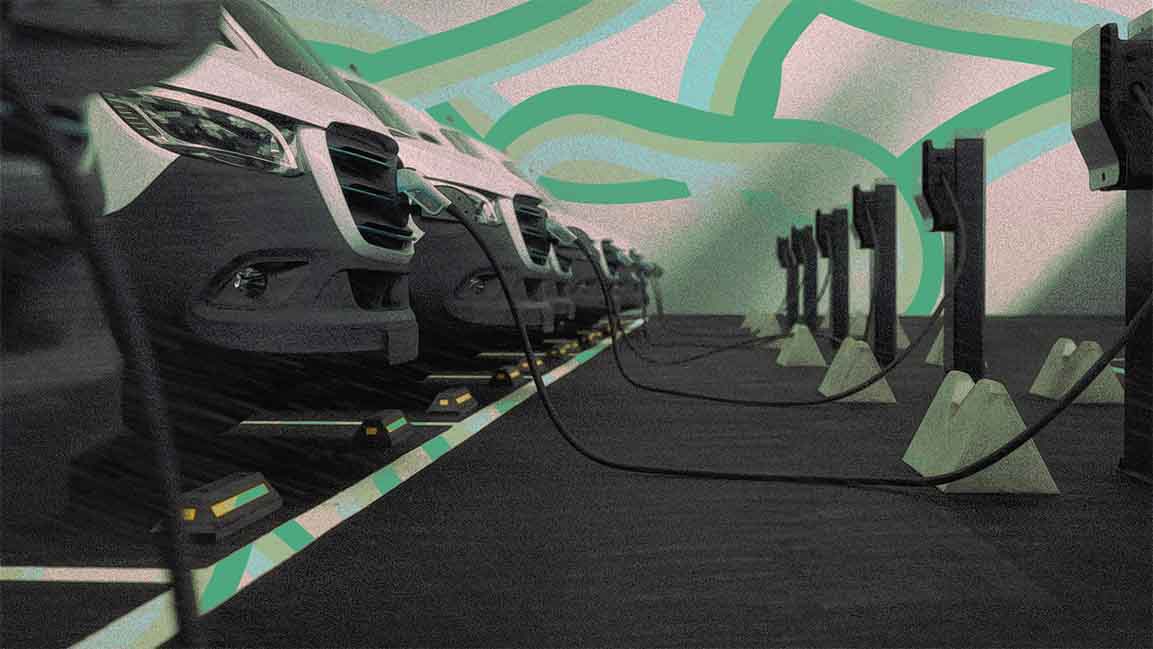- | 11:00 am
Oman aims for 22,000 electric vehicles on its roads by 2030
The country aims to expand 350 public chargers distributed across key arterial and public roads by 2026.

Consumer behavior plays a pivotal role in shaping the automotive landscape. Sustainability now stands among the top criteria for a consumer to purchase. This transformation is fuelled by heightened environmental awareness, interest in EVs, and other sustainable transportation options.
The Middle East is investing in a more sustainable future potentially dominated by EVs. The UAE, which aims to have 30% of its vehicles electric or hybrid by 2030, promotes EV adoption, implementing various initiatives to encourage the switch to cleaner transportation, such as tax exemptions and subsidies and charging infrastructure development. Its neighbor, Saudi Arabia plans to install 50,000 domestic EV charging stations by 2025.
One of the latest initiatives to bring the EV future to the region is Oman.
Along with many other initiatives involving the decarbonization efforts of Oman’s transportation sector, the country aims for an estimated 22,000 electric vehicles by 2030.
According to Said Hamood al Maawali, Minister of Transport, Communications and Information Technology, this goal, which is a big jump from the few hundred on the roads now, considers the need to install the charging infrastructure required in Oman.
He said this includes expanding 350 public chargers distributed across key arterial and public roads by 2026.
“Technological advances have led to the development of dual-combustion vehicles, which have been implemented locally within the Sultanate of Oman. These breakthroughs have greatly contributed to reducing greenhouse gas emissions, estimated to have dropped by 40% from trucks and heavy equipment,” said Maawali on green mobility via the latest edition of Wealth, the Ministry of Energy and Minerals newsletter.
Oman’s larger goal is to slash greenhouse gas emissions tied to its transportation sector, estimated at around 22 million tonnes annually, by 3% in 2030.
Now accepting applications for Fast Company Middle East’s Best Workplaces For Women 2023. Click here to register.
































